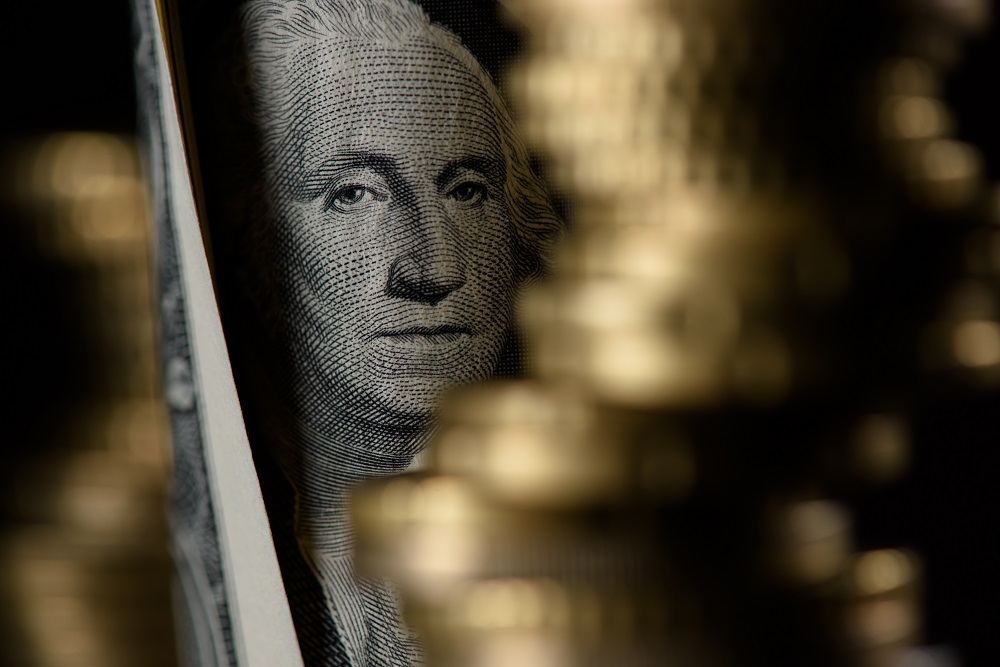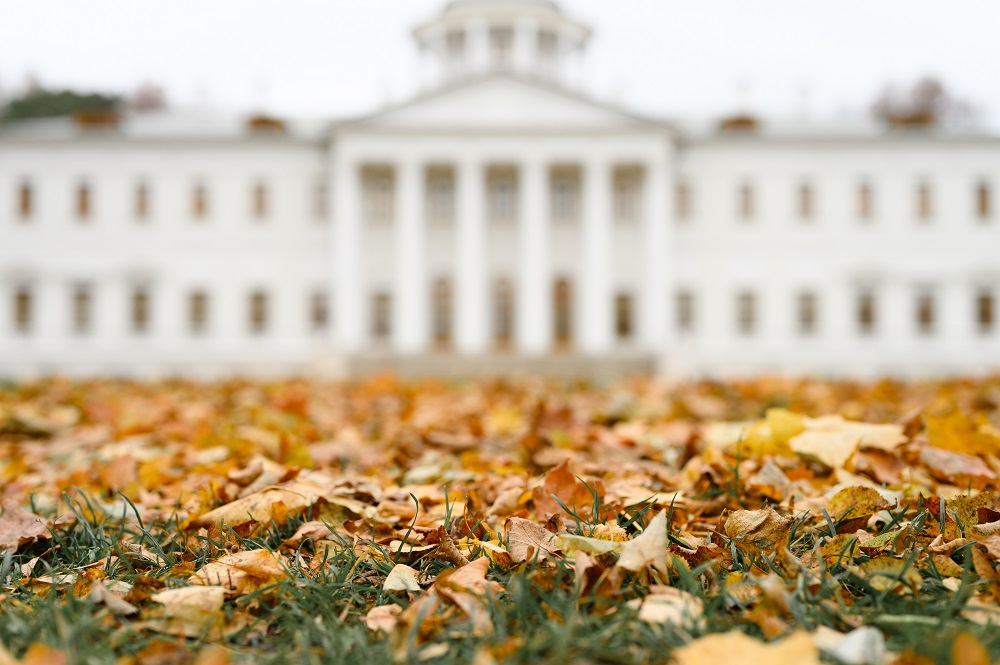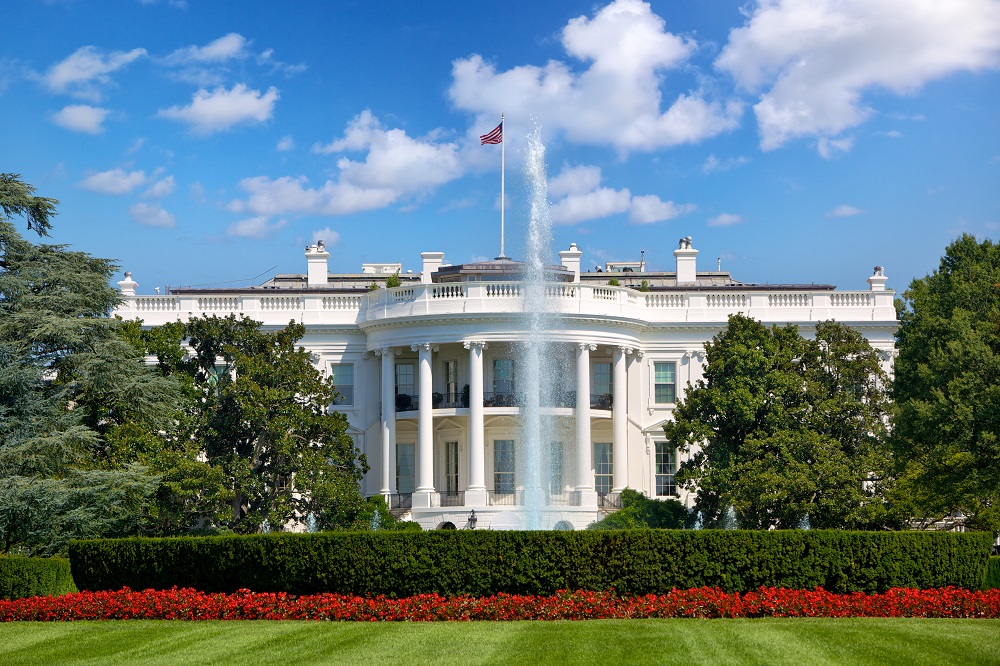I bet you didn’t know these White House facts!
The White House isn’t just where presidents live and work—it’s a living piece of history. Since 1800, this iconic building at 1600 Pennsylvania Avenue has served as the official residence of every U.S. president except George Washington.
But while you’ve probably seen it in photos, on TV, or even in person, there’s a lot more going on behind those stately white columns than most people realize.
These 10 fascinating White House facts you didn’t know will give you a fresh look at the building that defines American leadership.

George Washington never lived in the White House
Let’s start with one of the most surprising White House facts: the man who helped create the United States never lived in its most famous house. George Washington oversaw the planning and construction of the White House, selecting the site and approving architect James Hoban’s neoclassical design in 1792.
But by the time the building was ready in 1800, Washington had finished his second term and returned to Mount Vernon. John Adams, the second president, was the first to move in. He arrived in a half-finished home with barely any furnishings, but it became the official seat of the presidency from then on.
One of the saddest White House facts: the British burned it down
In 1814, during the War of 1812, British forces marched into Washington, D.C., and set fire to the White House. Flames engulfed the structure, leaving little more than scorched stone walls. Before fleeing, First Lady Dolley Madison famously saved a portrait of George Washington and important documents.
The rebuilding process took years. Some of the scorched walls were salvaged, but the White House you see today is mostly a reconstruction, though it’s still based on Hoban’s original plan.
It wasn’t always called the “White House.”
Early on, the building was simply known as the “President’s House,” “President’s Mansion,” or “Executive Mansion.” It wasn’t until 1901, during Theodore Roosevelt’s presidency, that the name “White House” became official. Roosevelt had the name printed on all stationery, and it stuck.
There’s also a theory that the building’s white color (from whitewash used to cover up fire damage in 1814) helped inspire the name.
There are secret tunnels and bunkers
Many people knew that one of the White House facts is that beneath the stately rooms and public tours lies a hidden world of tunnels and bunkers. The Presidential Emergency Operations Center (PEOC) is an underground facility designed to protect the president during national crises. It gained widespread attention on September 11, 2001, when Vice President Dick Cheney and others were evacuated there.
Rumors also swirl about tunnels leading to nearby government buildings, such as the Treasury and Blair House. While most details are classified, it’s no secret that the White House is far more fortified than it looks.
The White House is a full-fledged mansion
Many people are surprised by the sheer size of the White House. It boasts: 132 rooms, 35 bathrooms, 28 fireplaces, 8 staircases, 3 elevators, 412 doors, 147 windows.
Beyond the main residence, the West Wing houses the president’s offices, including the Oval Office, while the East Wing provides space for the First Lady and staff. There’s even a staff of 90 people to keep everything running smoothly.
The White House Is a Mini City
Yes, it’s the president’s home and workplace—but it’s also practically a self-contained city. Inside, you’ll find: a doctor’s office with a medical team on call 24/7, a flower shop to arrange bouquets for state dinners, a dentist’s chair, a chocolate shop and pastry kitchen, a press briefing room for media appearances, and of course, a private chef and full-time kitchen staff.
These features ensure that the White House can handle everything from gourmet meals to global emergencies.
A zoo’s worth of presidential pets
Among all these White House facts, this one about pets is my favorite. Presidential pets aren’t just for photo ops—they’ve long been part of White House life.
While dogs and cats are common, past presidents have had some truly exotic animals, including: John Quincy Adams’s alligator, reportedly kept in a White House bathtub, Theodore Roosevelt’s menagerie, which included snakes, a badger, and a parrot, Calvin Coolidge’s raccoons, one of which was meant to be Thanksgiving dinner (but became a pet instead).
These pets brought personality—and sometimes chaos—to the presidential residence. Funny!
It has a movie theater and a bowling alley
Think the White House is all work and no play? Think again. Among all these White House facts everyone should know, is that it has a movie theater, originally a coatroom, which was converted in 1942 by FDR. Presidents often enjoy private screenings, and it’s equipped with plush seats and high-end equipment.
Harry Truman added a bowling alley, which Richard Nixon later renovated. There’s also a swimming pool (built by FDR for therapy), a tennis court, and even a putting green added by Dwight D. Eisenhower. The White House may be the world’s most famous office, but it’s not lacking in recreation.
It’s said to be haunted
“You say that one of the White House facts is that it’s haunted?” For decades, ghost stories have surrounded the White House. The most commonly reported spirit?
Abraham Lincoln. Staff members, presidents, and even foreign dignitaries have claimed to see or feel his presence. Winston Churchill reportedly saw Lincoln’s ghost while staying in the Lincoln Bedroom.
Queen Wilhelmina of the Netherlands claimed to hear a knock at her door and see Lincoln standing there. The ghost of Abigail Adams, seen with outstretched arms as if carrying laundry, has also been spotted. Whether fact or fiction, these tales give the White House an eerie legacy.

The White House was almost demolished
By 1948, the White House was literally falling apart. Floors creaked, beams sagged, and inspectors warned of a potential collapse. President Harry Truman and his family had to move across the street to Blair House for three years while the interior was completely gutted and rebuilt.
Only the outer walls remained. Inside, a new steel frame was constructed, modernizing the structure while preserving its historical appearance. Truman even had a secret balcony added to the South Portico—despite public criticism.
Bonus fact: The White House is repainted regularly
It takes 570 gallons of white paint to cover the White House’s exterior—and it’s repainted every 4 to 6 years. The paint not only keeps it looking crisp but also protects the sandstone from weathering.
The job is no small task: every window, column, and decorative detail must be carefully painted by skilled workers. That famous white finish is more high-maintenance than it looks!
Final Thoughts
The White House is full of surprises: from underground bunkers and hidden tunnels to quirky pets and ghost sightings, the White House facts you didn’t know reveal just how much life, mystery, and history are packed into one building.
More than just a presidential residence, the White House is a working symbol of democracy, constantly evolving with the times, yet deeply rooted in American tradition. Every corner holds a story, and every president leaves a mark.
So next time you see that familiar facade on TV or in the news, remember: there’s more to the White House than meets the eye.
You may also like: 9 Eleanor Roosevelt Achievements That Improved Our Nation.
